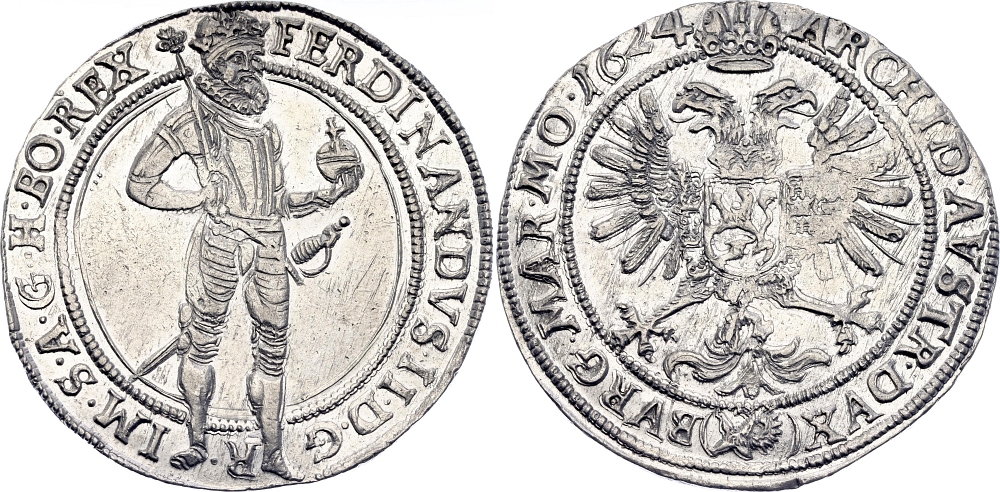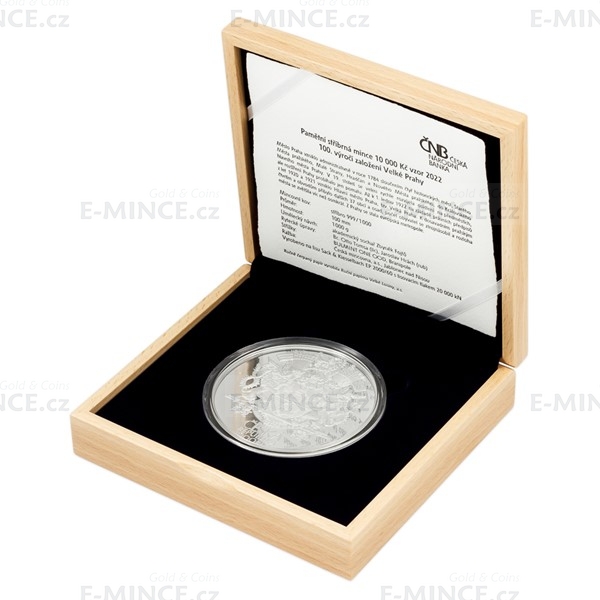Best Info On Gold Blanks Prague Mint Coins
Wiki Article
How Do You Create An Image Of A Plaster Casting To Represent An Actual Gold Coin Or Gold Medal?
The process of creating a plaster mold, or "maquette" that is based on a gold coin or medal design requires a series of steps to transform the two-dimensional image into a 3D physical representation. of the design. Design Reference- The artist or designer draws on the gold medal or coin design to serve as a reference. The design may be made in digital form or using graphic design software. It could also be a hand drawn sketch. The wax or clay could also be used.
Plaster preparation - Water is added to the plaster in order to make it more workable. The mixture needs to be smooth and free of lumps to ensure a clean mold.
Base Creation- To sculpt the maquette it requires a base or platform must be created. The base could be an unfinished wooden surface or an actual board.
Making a sculpting Maquette The artist makes use of the gold design to guide him when sculpting it into the plaster. This is the process of shaping plaster into a three-dimensional or relief image of the coin.
Detailing, Refinement and Accuracy- The artist's primary focus is creating details and refining contours. They also ensure accuracy with respect to proportions. This process requires precision and attention.
Allowing for drying and setting - After the sculpting process has been completed, the plaster should be allowed to set and dry. The maquette will become hard and hold its shape.
Finalizing the Maquette - Following drying out, the surface will be smoothed further to eliminate any bumps or rough areas.
Sealing and preservationSealing and preservation - A protective coating is applied on the maquette's surface in order to protect it and prepare it for further processes, such as scanning or molding.
The resultant plaster maquette acts as a tangible 3D representation of the gold coin design or medal. It serves as a reference for the subsequent steps of production, such as digital reproduction, mold creation to make mass production, or for artists to refine and visualize the design before finalizing the. Take a look at the most popular Czechoslovakia gold medals plaster molds more advice. including 1933 double eagle, 1 4 oz gold coin, gold medal swimming, old silver dollars, sd bullion gold, 1 oz gold buffalo coin, 1 oz silver price, sell gold and silver near me, silver and gold buyer near me, gold piece price and more.

What Is The Process Of Laser Technology To Improve The Surface Or Master Hub For Gold Coins Or Medals Or Dies?
Laser technology used in die production or master hubs is employed to refine the surface and improve precision. This is the procedure for surface refinement using laser technology.
Laser technology is a great tool to improve the surface after initial cutting. It can be used to smooth imperfections, eliminate burrs and correct minor irregularities.
Detail Enhancement-
Laser ablation is utilized to produce or improve intricate detail on dies and master hubs. Lasers allow for precise etching or removal of material which allows the creation of fine lines, textures or complex patterns.
Microstructuring-
Laser microstructuring is the process of creating microscopic details or textures onto the die's surface. This technique allows for the creation of particular patterns or textures that enhance the visual appearance and security features on coins and medals.
Treatment for Hardening or Surface Hardening
Laser technology can be utilized in some cases to treat or make harder master hubs or dies. This procedure can increase the wear resistance and durability of the surface, ensuring longevity during the striking process.
Precision Modifications
Laser technology allows for precise corrections or modifications to the die or master hub without affecting the overall geometrical. It allows adjustments to the surface to eliminate any imperfections, defects, or flaws which could have an impact on the overall quality and value of the coins or awards struck.
Controlled Material Removing
Laser ablation can be utilized to eliminate material in a controlled way and especially in cases where intricate specifics are required. The materials are removed by contact, thus preserving the integrity of the surrounding area.
Utilizing the laser to improve and refine details on master hubs or dies provides a greater degree of accuracy and finer details. It also improves surface quality. This technology is a complement to traditional machining methods, allowing precise manipulation and improvements in the characteristics of the surface of dies essential to striking high quality gold awards or coins. Check out the top laser processing Prague Mint gold coins blog tips. including 24k gold coin, gold doubloons, gold penny, kruger rand, gold medal swimming, double eagles, american eagle gold coin 1 oz, gold medal gymnasts, euro coins, golden and silver and more.

What Coating Processes Are Used To Shield Gold Coins And Medals?
The coating process is employed to enhance, protect appearance, or create certain aesthetic effects. Below are the various coating methods that are employed.
Clear Protective coating (Varies) - A clear protective layer, such a lacquer or polymer, is used to protect the surface of the medal or coin from oxidation and tarnishing. The coating preserves the coin's or medal's original appearance, and also safeguards the metal underneath.
Enhancement of Appearance
Gold plating and Gilding: Gold coins or medals may be coated with a fine gold layer. This results in a medal or coin having a an extra luxurious, shiny appearance.
Aesthetic Aspects
Patina or Antique finishes - Chemical or special coatings are applied to produce an antique finish. This process artificially age the surface and creates an aged, oxidized appearance.
Colorization and Coloring- Certain areas of a medal or coin are colored by using specific coatings or enamels. This is done to emphasize certain design elements, add the an interest in the eye.
Anti-Tarnish Coatings-
Anti-Tarnish Solutions - For coins or medals that have intricate designs or areas that are susceptible to tarnishing, anti-tarnish coats or solutions might be applied. These coatings prevent oxidation or discoloration of the surface of the metal over time.
Specialized Coatings For Security Or Identification
UV-Reactive or luminescent Coatings- Some pieces of jewelry or coins could contain specialized coatings that react to UV light and reveal hidden or encrypted elements to ensure security or authenticate.
Selective Coatings for Contrast-
Selective Coating removalIn some instances coatings are removed in a selective manner, from particular areas, on the medal or the coin to create contrast between polished and covered surfaces, highlighting design elements.
Each method serves a specific goal, whether it's to protect metals, improve appearance, produce specific aesthetic effects, and/or enhance security. These coatings affect the aesthetic appeal quality, durability and worth of gold coins or other types of medals. Read the top rated coating Czechoslovakia gold coins website advice. including hidilyn diaz, 1 oz gold coin price today, silver eagle coins, gold bullion bars, gold coin gold, maple leaf gold coin, gold doubloons, 1 10 ounce gold coin, 1 10 oz gold coin, sell gold silver near me and more.

How Are Gold Blanks Being Fed Into Coin Presses, And Stamped Under High Pressure During Minting?
In the process of minting, gold blanks must be loaded into coin presses, and stamped at high pressure so that they can become finished coins or awards. This is a brief overview of the process of loading blanks.
A feeder system is connected to the coin press. This system loads gold blanks that have been prepared and checked for quality. This feeder system assures a steady supply of blanks.
Feeding Blanks into the Press
The feeding system is designed to direct the blanks one at a time into the chamber for striking. This permits precise placement of the blanks.
Alignment and Positioning
The blanks will be aligned in the press and then placed into the room for striking to ensure they are in the right place and oriented to perform the stamping.
Striking Under Pressure
The coin presses apply high pressure on the gold blanks by using a pair dies -- one stationary and one mobile. The stationary die is equipped with negative impressions of the design on the coin. The moving die strikes the blank.
The moving die hits the blank with considerable force and transfers the design onto the blank's surface. The force generated by the dies stamps the design on the blank, creating the relief that is raised as well as details on the coin, or medal.
Repeated Striking
Multi-strikes can be used to create high-end coins and medals, such as proofs or collector's editions. The result is an improved and clearer image. Each strike improves the design of the surface of the coin.
Ejections and Collection
After being struck, newly-minted coins or medals are released from the press, and then placed in trays or containers. The stamped designs are inspected for quality to ensure they are in line with the specifications.
Post-Processing-
The design of the coin or medal could require further processing, such as edge lettering (either edge reeding) or post-strike treatments.
The process of stamping gold blanks using pressure is crucial since it transfers the desired design to the gold blanks. These are then transformed into finished medals or coins ready for circulation, collection or commemoration. This process is extremely precise, because any deviation in alignment or pressure could impact the appearance and quality of the final item. Take a look at the most popular minting Czechoslovakia gold medals site tips. including sell gold and silver near me, twenty dollar coin, gold and bullion, gold bullion price today, michael phelps medal, buying silver bars, gold morgan dollar, st gaudens double eagle, gold pieces for sale, 1 oz gold buffalo coin and more.
